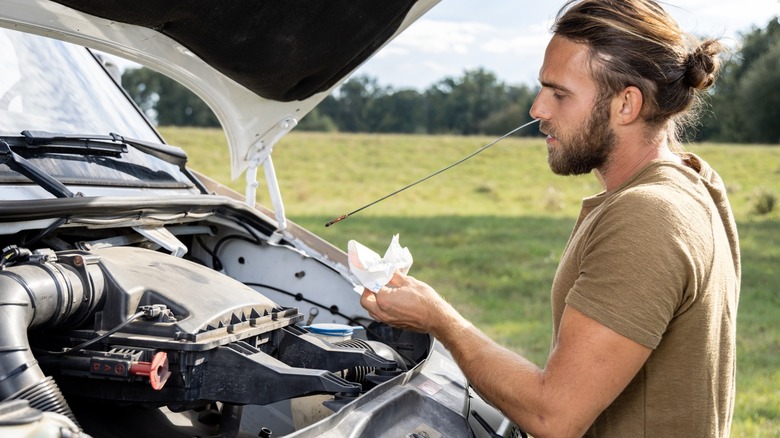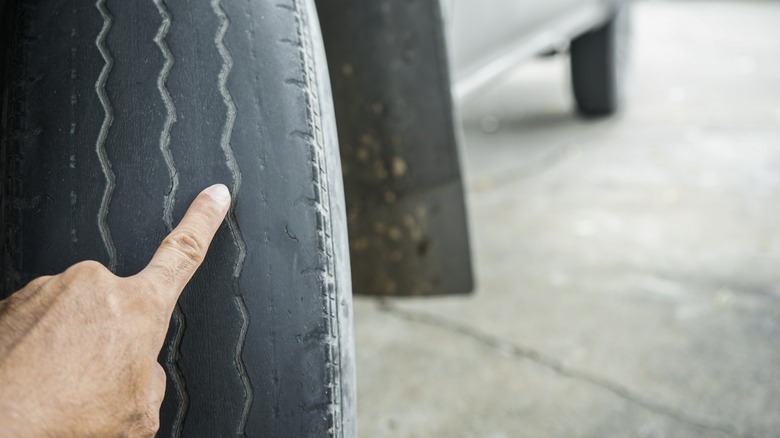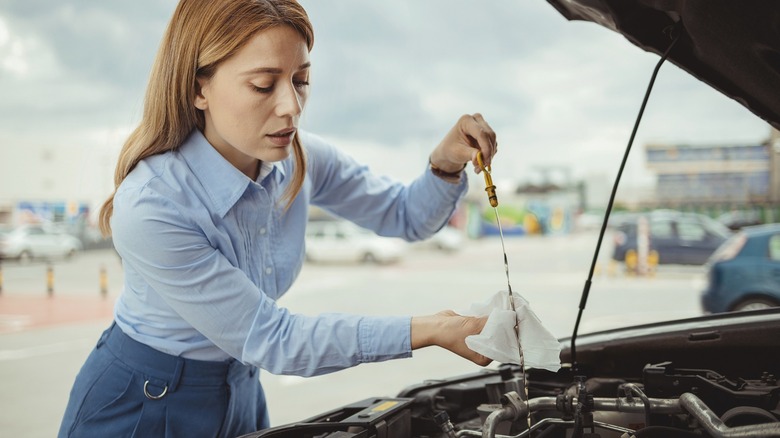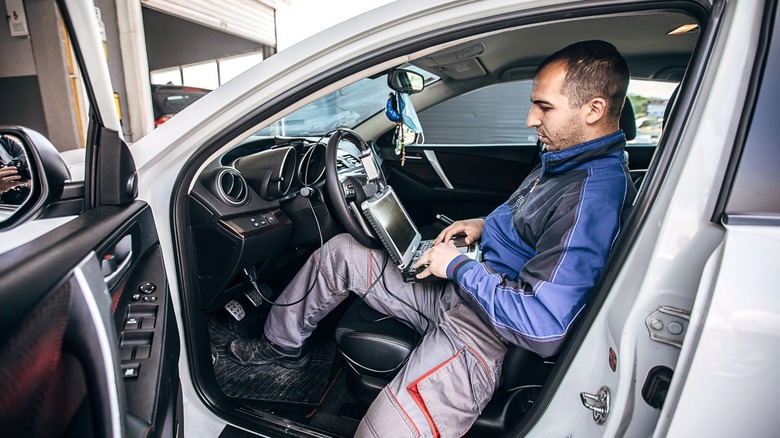5 DIY Car Maintenance Tips & Tricks That May Save You A Trip To The Mechanic
We may receive a commission on purchases made from links.
Cars are expensive machines you must take care of if you want them to last long. And while bringing them to a mechanic every time you run into trouble could help increase their lifespan, every visit will also cost you.
If you want to save money on car services without risking the quality and safety of your vehicle, you should know what things to do and to look out for to avoid expensive repairs. After all, an ounce of prevention is worth a pound of cure.
So, check out these DIY car maintenance tips and tricks that will extend the service life of your car. By doing these things, you can catch any problems that might appear before they become significant issues. With that, you can fix minor problems before they affect your car's performance, prevent the higher cost of major repairs, or even avoid a trip to the mechanic altogether.
Don't ignore the maintenance required light
Many modern cars come with a maintenance-required light or icon on the dashboard to remind the driver that it's time to bring the car in for periodic servicing. If your vehicle is serviced at the dealer, they'll know how to reset this maintenance-required warning on your dash after doing the requisite oil change, inspections, and other items.
But if you bring your car to your trusted third-party service provider or DIY your oil change, you might have to reset this warning manually. We have a guide on how to reset the maintenance light if you have a Toyota. But if you drive other brands, you can either check the manual or quickly search on Google to learn how to do that.
Just remember not to reset the maintenance light if you haven't actually done the service. If you do so, you might forget that your car needs service, and you could go for a complete service interval without having done the required tasks to keep your engine running in good condition. This could reduce your car's lifespan and lead to the vehicle unexpectedly sputtering out while on the road, leaving you stranded in the middle of nowhere.
Monitor your tires
Your tires keep your car on the road, so ensuring they're always in tip-top shape is crucial for safety. One of the most basic things you can do is to keep your vehicle's tires inflated at the correct pressure. However, each car model would have a specific tire pressure, so don't rely on what you know when airing up your tires. Instead, read your car's manual or check the sticker that's usually located on the driver-side door jamb.
Underinflating or overinflating your tires could cause premature tire wear and even reduce your car's controllability under adverse weather conditions. If your car doesn't have a tire pressure monitoring system, you should also check the pressure monthly to ensure that your tires are at the correct pressure.
Aside from that, you should also check your tire age and treads. Many tire manufacturers make their products last three to five years, so you should replace the ones on your car around the same time. Furthermore, you should replace your tires once balding occurs; otherwise, they could lose grip or blow while driving and potentially get you into an accident. If you see these warning signs, you need to replace your tires. And remember to buy the correct tires to get the most out of your cash and car.
Regularly check your car's oil and fluids
Engines produce a lot of heat and friction, so lubrication is crucial to keep them running at their best. Even though your car's engine, drivetrain, and cooling are closed systems, it could still lose fluids and oil as you use it. Furthermore, dirt and grime will build up in your car as you use it; thus, you must replace your oil often to help keep the engine clean.
When you pop open your car's hood, you should see dipsticks to check your oil and transmission fluid. You will also see engine coolant, brake fluid, and washer fluid reservoirs. You should look at these things at least once a month when your car is cool. That way, you can ensure they're at the right level and color.
If they fall below the recommended level, top them up to ensure you don't run out. If you see that they have a different color or texture from what you're supposed to see, or you frequently need to top off fluids (and might even see a leak under your car), consider visiting a mechanic to determine what's wrong. Any changes in these fluids could mean an issue is starting to happen to your vehicle. Catching it while it's still small could potentially save you from expensive repairs down the road.
Frequently check your battery health
As modern cars incorporate more and more electronics, batteries are becoming more crucial for their safe operation. This is especially true as we start to get vehicles that require battery power to open their doors and trunk easily.
So, to avoid getting stuck with a dead battery, you should always check its health every time your car goes into service. Some modern vehicles also have a battery voltage level, so you can easily check that when driving. Or, if you have an older car without this feature, you can get a cigarette lighter fast charger with a built-in voltage display to monitor your car's overall battery voltage.
If the battery voltage falls below a specific value (usually 12.6 volts when the engine is off and around 13.5 to 14.5 volts when running), it's draining. While that is normal, especially if your engine is turned off, if it's draining too fast, your car's battery might be dying. A frequently draining car battery could also be a sign that your alternator is going bad.
Use an OBD II code reader
Today's cars are electronic wonders — basically computers on wheels. If they run into an error, a record on the ECU will tell you what is wrong with them. However, most dashboards do not show the driver what's wrong with the car—all you get is a check engine light and several other warning icons on your dash.
You can bring your car to a trusted mechanic to have its electronics read. But you can also do it at home using an OBD II code reader to diagnose your vehicle. In fact, you can get a Wi-Fi or Bluetooth OBD II reader on Amazon and use one of the best diagnostic apps on your device to find what's causing the error code.
Doing so lets you find out what's wrong with your vehicle even before going to a mechanic. From there, you can guide them on what you want to be done or even double-check their work to see if they actually fixed your issue.
These tips and tricks will help you save a buck or two by helping you fix minor problems yourself and catch other issues before they become a significant headache. By taking care of your car, you can ensure that it will take care of you and your road trips in the years to come.





